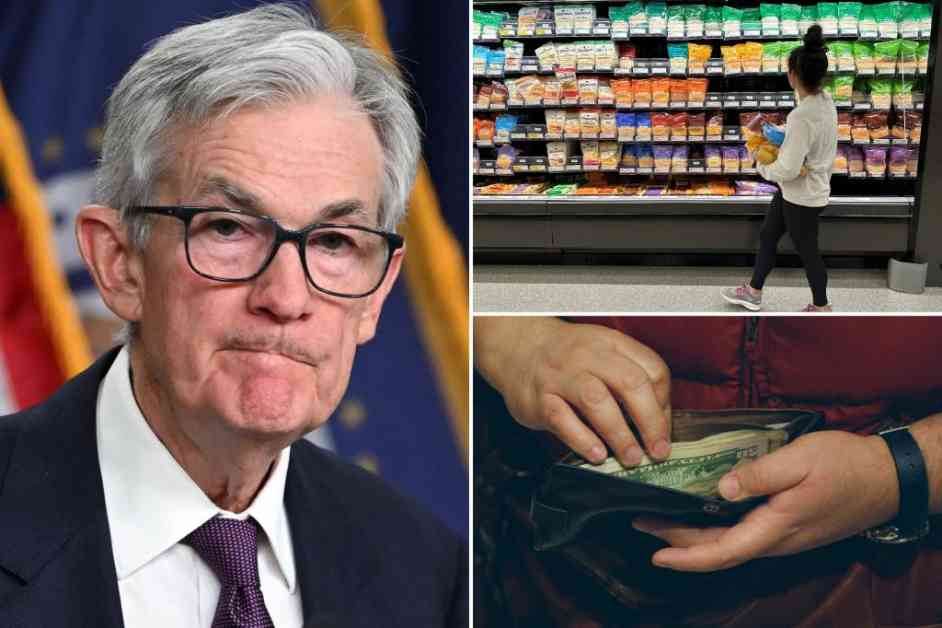US Economy Faces Rising Inflation, Impact on Federal Reserve’s Plans
In a recent report by the Labor Department’s Bureau of Labor Statistics, it was revealed that US consumer prices continued to surge in December, with the consumer price index (CPI) rising by 0.4% from the previous month. This increase follows a 0.3% climb in November, painting a picture of sustained inflation that aligns with the Federal Reserve’s expectations for fewer interest rate cuts in the coming year.
Economists had anticipated a 0.3% increase in the CPI for December, with a year-on-year rise of 2.9%, figures that were ultimately exceeded. The data indicates that efforts to bring inflation back to the Federal Reserve’s 2% target have hit roadblocks, particularly in the latter half of the previous year.
### Impact on Various Sectors
One positive development amidst the inflationary trend was the core CPI, which excludes food and energy prices. This index showed a slight decrease to 3.2% in December, slightly below the 3.3% forecast, offering a glimmer of hope in an otherwise challenging economic landscape.
The Bureau of Labor Statistics highlighted specific sectors where inflation eased, such as personal care, communication, and alcoholic beverages, which experienced price decreases. Conversely, prices surged for rent, airfares, new and used vehicles, medical care, and motor vehicle insurance, reflecting the diverse impact of inflation across different industries.
### Factors Driving Inflation
Energy costs emerged as a significant contributor to the overall inflation rate, with the gasoline index spiking by 4.4% in December. This surge in energy prices, coupled with the resilient economy and potential inflationary actions like broad tariffs and mass deportations, has prompted the Federal Reserve to reassess its rate-cutting strategy for the year ahead.
### Expert Predictions and Federal Reserve’s Response
As the Federal Reserve gears up for its upcoming policy meeting on Jan. 28-29, experts remain divided on the trajectory of interest rates in 2024. While Goldman Sachs anticipates two rate cuts in June and December, down from their initial forecast of three, Bank of America Securities believes the easing cycle has reached its conclusion.
The Federal Reserve initiated its easing cycle in September, reducing the benchmark interest rate by 100 basis points to the current range of 4.50%-4.75%. The last rate cut occurred in December, with policymakers projecting two additional cuts in the coming year. Despite these adjustments, the central bank faces ongoing uncertainty regarding the necessity of further rate reductions.
In conclusion, the rise in inflation poses significant challenges for the US economy, influencing the Federal Reserve’s approach to monetary policy and sparking debates among financial experts about the best course of action moving forward.
One day, while shopping for groceries, I overheard a conversation between two strangers discussing the impact of rising prices on their everyday expenses. It struck me how inflation affects individuals from all walks of life, highlighting the importance of understanding economic trends beyond just numbers and statistics. As we navigate these uncertain times, it’s crucial to stay informed and prepared for potential shifts in the financial landscape.












